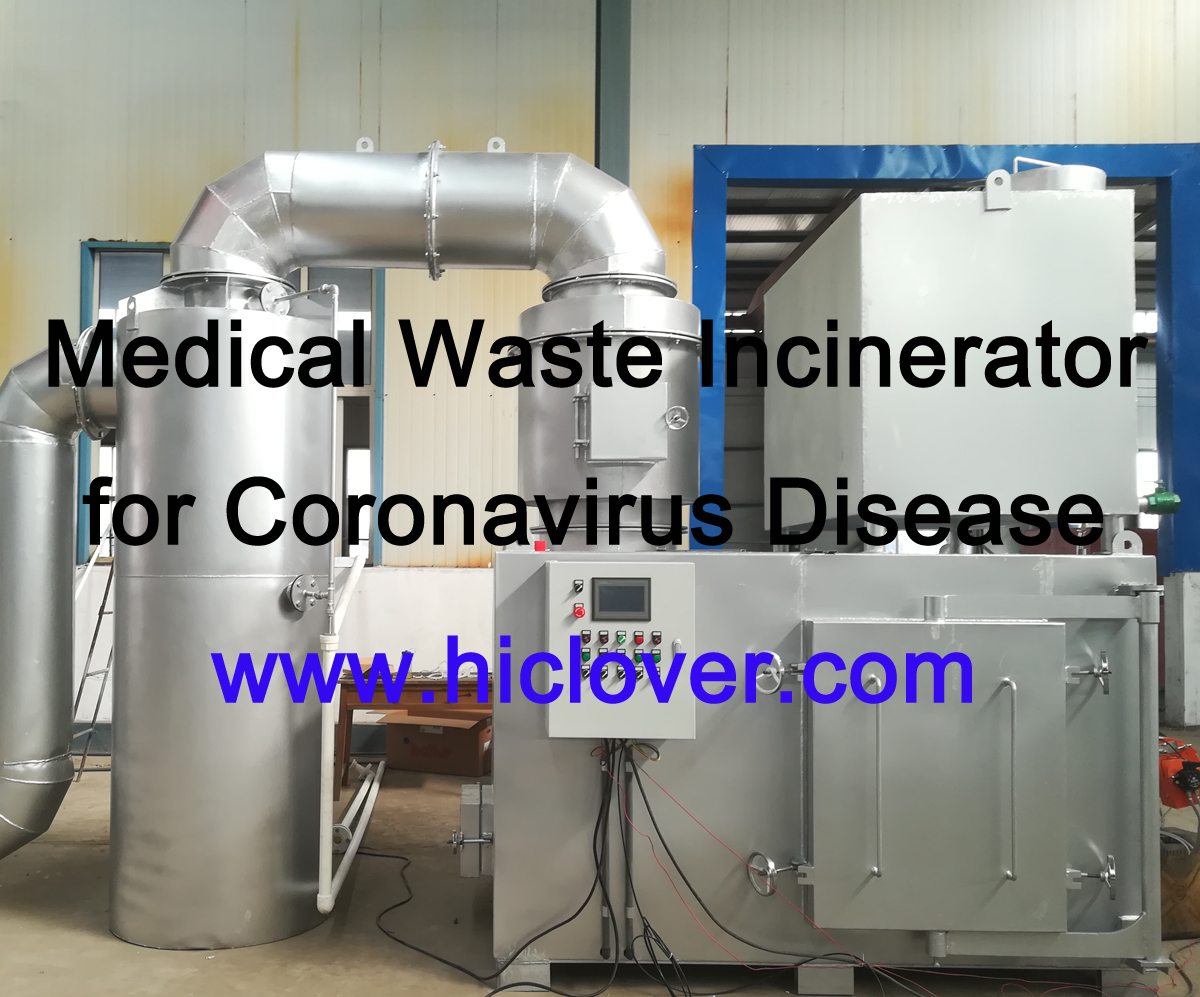Incinerators are essential for waste management and disposal in many industries and facilities. They are used to safely and efficiently eliminate various types of waste, including medical, hazardous, and general waste. However, operating an incinerator comes with its own set of challenges and potential risks, which is why regular inspections are crucial.
To ensure the safety and efficiency of incinerator operations, facility managers must conduct thorough and comprehensive inspections on a regular basis. A well-designed incinerator inspection checklist can provide a roadmap for this process, helping to identify potential issues and avoid costly mistakes.
One of the primary benefits of a thorough incinerator inspection checklist is the ability to catch potential problems early on. By systematically going through each component of the incinerator, maintenance personnel can identify any signs of wear and tear, leaks, or other issues that could lead to costly repairs or downtime if left unaddressed. Early detection of these issues can help prevent more serious problems from occurring and ultimately save the facility money in the long run.
A comprehensive inspection checklist can also help ensure that the incinerator is compliant with relevant regulations and standards. Non-compliance can result in serious consequences, including fines and legal action, so it’s essential to stay on top of the necessary inspections and maintenance. A checklist can help ensure that all necessary checks are carried out, and that any issues are promptly addressed to avoid compliance violations.
In addition to promoting safety and compliance, a thorough inspection checklist can also help improve the overall efficiency of the incinerator. By regularly inspecting and maintaining the equipment, facility managers can ensure that it operates at peak performance, minimizing energy consumption and maximizing the lifespan of the incinerator.
When creating an incinerator inspection checklist, it’s important to be thorough and comprehensive. The checklist should cover all relevant components of the incinerator, including the combustion chamber, flue gas treatment system, emission monitoring equipment, and other critical components. It should also include specific checks for signs of corrosion, leaks, blockages, and any other potential problems.
Regular inspections and maintenance are essential for the safe and efficient operation of incinerators. A well-designed inspection checklist can help facility managers catch potential issues early, ensure compliance with regulations, and improve overall efficiency. By investing time and resources in thorough inspections, facilities can avoid costly mistakes and ensure the long-term reliability of their incinerators.



